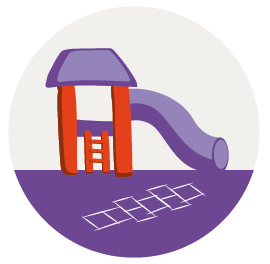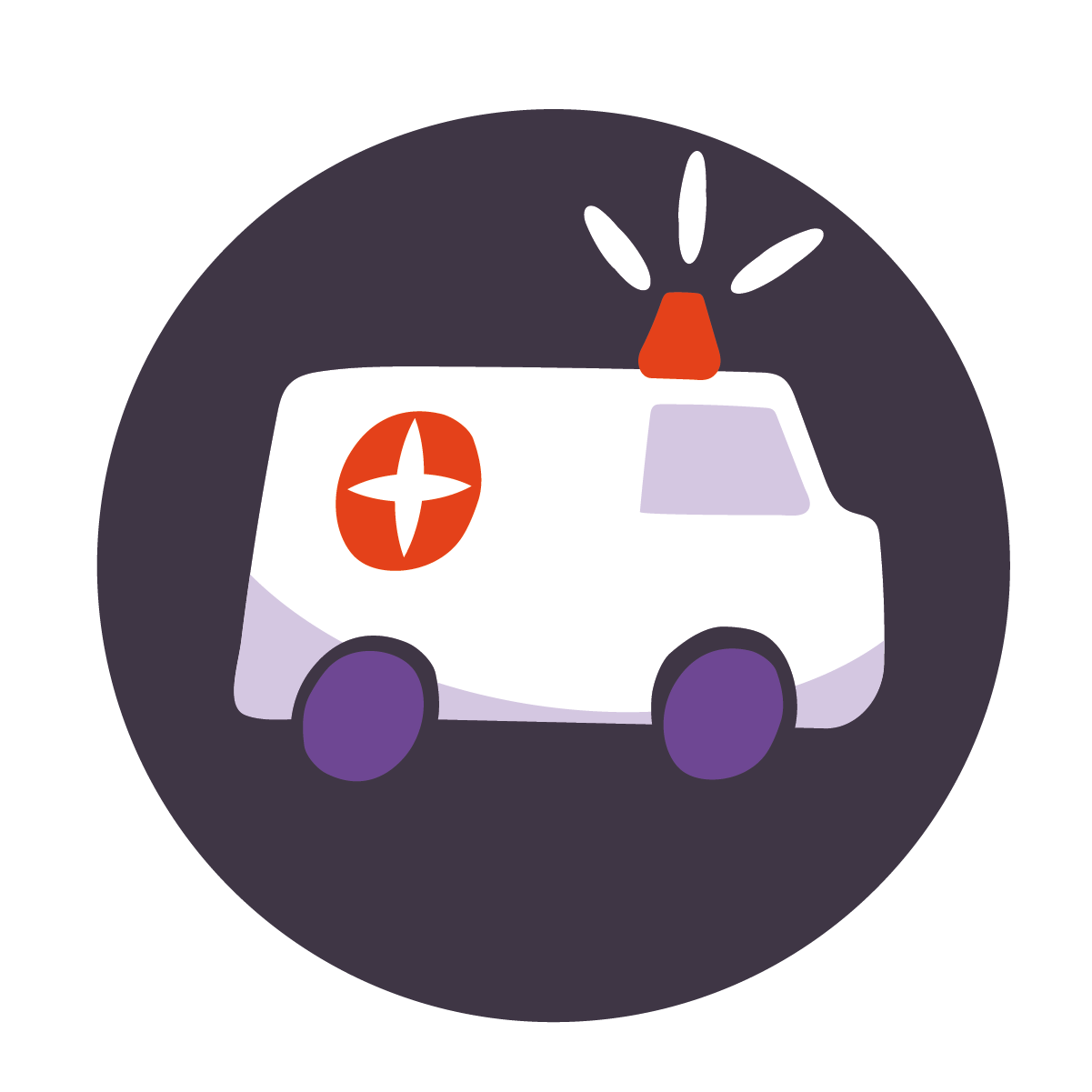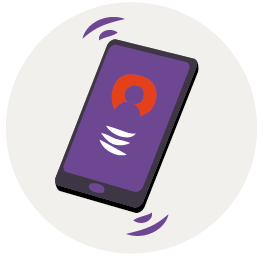Advice for parents of children with HAE


Your child may have experienced their first HAE attack during early childhood or adolescence; this is common. It is important to know that when children enter puberty, HAE attacks can increase in both frequency and severity.1,2
Most young people with HAE experience attacks as pain in the abdomen and swelling in the face, arms and legs.2
Swelling of the throat may also occur which can be life-threatening if untreated, particularly in children with smaller airways. If your child has an attack affecting the throat, you should seek emergency care right away.3
For children with HAE there are on-demand and long-term prophylactic (LTP) treatments available.3,4 As with adults, children diagnosed with HAE should have an individualised treatment plan that is discussed and agreed upon with their doctor. It is also recommended that, even if they are using LTP:
Like adults, children diagnosed with HAE need to have a treatment action plan, and on-demand treatment should be prescribed even if they have not yet presented with symptoms,3 so it is important to visit your doctor for advice.
When speaking with your doctor, make sure you discuss the following things about your child:3
Children should be taught from an early age about their HAE diagnosis and how the disease can be managed. This will help to empower them to take swift actions when an attack may strike.5
It can be stressful for you as a parent when your child starts attending nursery, kindergarten and school, as your child’s teachers and caregivers must now become involved in their HAE management.
Following a few essential recommendations will help teachers and caregivers be prepared in the event of an attack, and help make the transition to school less stressful for you and your child:3,6,7

Inform all caregivers, such as teachers, coaches and educators, about your child's HAE and educate them on HAE triggers and symptoms

Provide sufficient information on how to manage HAE so that caregivers know what to do in the event of an HAE attack and how to provide emergency care to your child

Always carry emergency on-demand medication that can be stored on the premises if an attack should occur. You should also recommend that an ambulance be called in the case of an attack

Provide all caregivers contact information for emergencies – e.g., parents or an HAE specialist
When children have an HAE attack, they may be too unwell to attend school. Make sure that teachers are aware that your child may be off school more often due to HAE. By discussing potential absences early on, together with the teacher, you can come up with an action plan to ensure your child doesn’t miss too much schoolwork. This is important, as impairment from HAE may hinder educational/career advancement and educational/career choices.6,8,9
Infections are a common trigger for HAE attacks. Therefore, it is important that your child has any compulsory and/or recommended vaccinations. Vaccinations in children with HAE are safe and prevent infections which may help to reduce the frequency of attacks.3 It is also known that mechanical trauma and emotional stress can also trigger attacks in children. You should try to reduce your child’s exposure, where necessary, without impacting their day-to-day life.10 As with adults, short-term (preprocedural) prophylaxis can be taken by children before medical, surgical, and dental procedures that may trigger an attack.3
Sports are important in a child’s development with both physical and mental benefits.
If your child has been diagnosed with HAE they can continue to play sports and games, but restrictions of triggers should be sensibly applied, along with the use of prophylaxis where necessary.3,10
It is important to make sure the coaches are informed, but with the ultimate aim that your child avoids any limitations to their activities.
Before your child participates in any sport, you should discuss the sporting activity with their HAE specialist and request an HAE emergency card if you don't already have one. It is also recommended that you inform any sports coaches and team members about your child’s HAE so that they know what to do if an attack occurs.7
HAE International, the global network of HAE patient organisations, has a dedicated site for young people with HAE, created by young people with HAE.11
They provide useful resources and tools, and aim to share experiences.
Click here to visit the HAEi Youngsters site.
1. Caballero T, Farkas H, Bouillet L, Bowen T, Gompel A, Fagerberg C, et al. International consensus and practical guidelines on the gynecologic and obstetric management of female patients with hereditary angioedema caused by C1 inhibitor deficiency. J Allergy Clin Immunol. 2012;129(2):308-20.
2. Zuraw BL. Clinical practice. Hereditary angioedema. N Engl J Med. 2008;359(10):1027-36.
3. Maurer M, Magerl M, Betschel S, Aberer W, Ansotegui IJ, Aygören-Pürsün E, et al. The international WAO/EAACI guideline for the management of hereditary angioedema-The 2021 revision and update. Allergy. 2022;77(7):1961–90.
4. Valerieva A, Longhurst HJ. Treatment of hereditary angioedema-single or multiple pathways to the rescue. Front Allergy. 2022;3:952233.
5. HAE UK – Children and young people [Available from: https://www.haeuk.org/what-is-hae/children-and-young-people/.]
6. Johnston DT, Smith RC. Hereditary angioedema: Special considerations in children. Allergy Asthma Proc. 2020;41(Suppl 1):S43-s6.
7. Busse PJ, Christiansen SC, Riedl MA, Banerji A, Bernstein JA, Castaldo AJ, et al. US HAEA Medical Advisory Board 2020 Guidelines for the Management of Hereditary Angioedema. J Allergy Clin Immunol Pract. 2021;9(1):132-50.e3.
8. Aygören-Pürsün E, Bygum A, Beusterien K, Hautamaki E, Sisic Z, Wait S, et al. Socioeconomic burden of hereditary angioedema: results from the hereditary angioedema burden of illness study in Europe. Orphanet J Rare Dis. 2014;9:99.
9. Lumry WR, Settipane RA. Hereditary angioedema: Epidemiology and burden of disease. Allergy Asthma Proc. 2020;41(Suppl 1):S08-s13.
10. Zotter Z, Csuka D, Szabó E, Czaller I, Nébenführer Z, Temesszentandrási G, et al. The influence of trigger factors on hereditary angioedema due to C1-inhibitor deficiency. Orphanet J Rare Dis. 2014;9:44.
11. HAEi Youngsters – the next generation of HAE advocates of the world [Available from: https://youngsters.haei.org/]